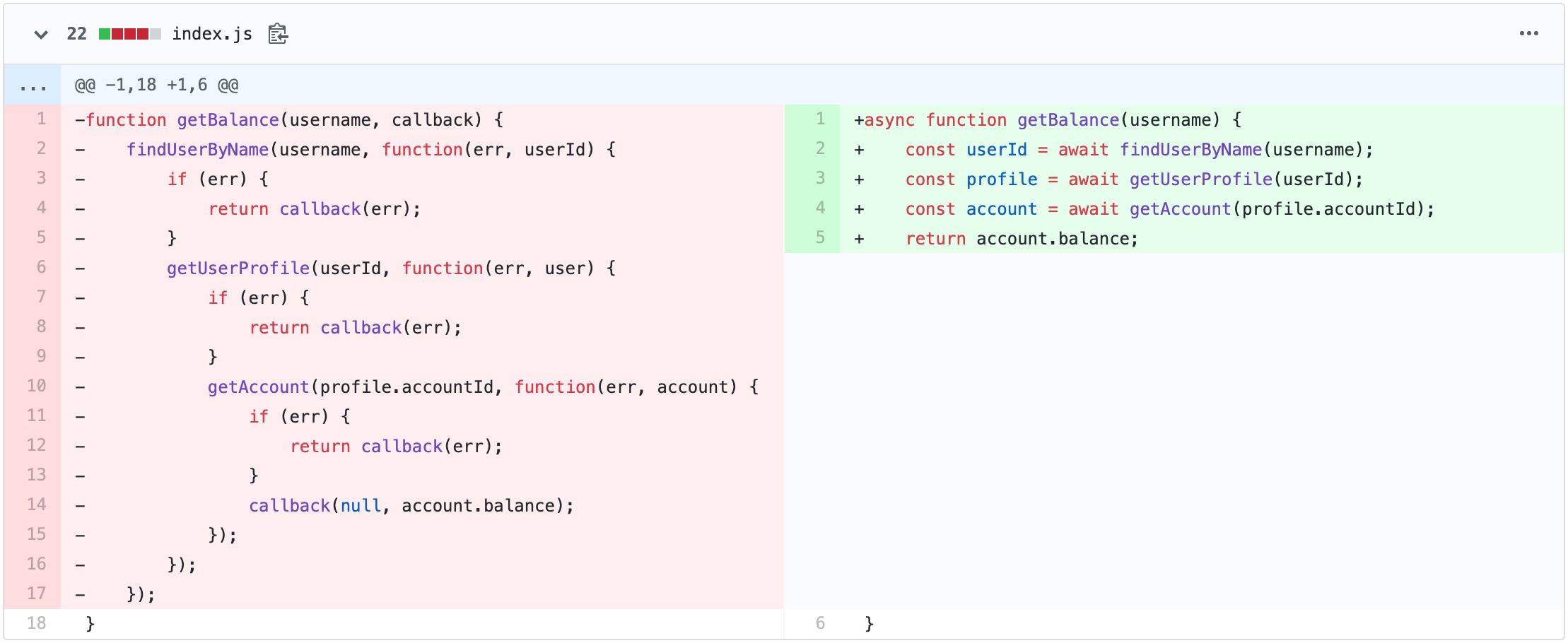Illustrated introduction to Linux iptables
Gee, it's my turn to throw some gloom light on iptables! There are hundreds or even thousands of articles on the topic out there, including introductory ones. I'm not going to put either formal and boring definitions here nor long lists of useful commands. I would rather try to use layman's terms and scribbling as much as possible to give you some insights about the domain before going to all these tables, rules, targets, and policies. By the way, the first time I faced this tool I was pretty much confused by the terminology too!


